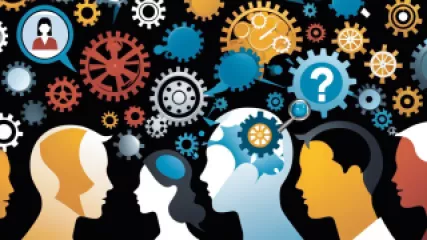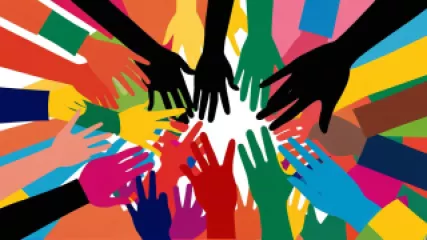Life Lessons on Coping with Uncertainty from a Book or Movie
1 year ago
Dealing with Uncertainty
Embracing Neurodiversity: A Fresh Perspective on Mental Health Coaching
1 year ago
Neurodiversity
Insights from a Psychologist on Ethical Decision Making
1 year ago
Psychology of Decision Making
Setting Healthy Boundaries in Your Personal Life: A Step-by-Step Guide
1 year ago
Boundaries in Personal Life
The Power of Learning to Say No in Personal Relationships
1 year ago
Boundaries in Personal Life
Lessons on Uncertainty Management from Popular Books and Movies
1 year ago
Dealing with Uncertainty
How does confirmation bias influence decision-making in psychology?
1 year ago
Psychology of Decision Making
Embracing Neurodiversity: A Path to Mental Health and Coaching Success
1 year ago
Neurodiversity
Expert Insights: Fostering Psychological Safety in the Workplace
1 year ago
Psychological Safety
Mastering Work-Life Balance: The Ultimate Guide to Overcoming Workaholism
1 year ago
Workaholism
Embracing Uncertainty: A Path to Mental Strength Training
1 year ago
Dealing with Uncertainty
Understanding the Connection Between Diet and Mental Health
1 year ago
Psychology of Eating
Understanding Neurodiversity Support Services: A Step-by-Step Guide
1 year ago
Neurodiversity
Learning to Manage Rumination Through Movie Lessons
1 year ago
Managing Rumination
Top 10 Surprising Psychology of Decision Making Insights
1 year ago
Psychology of Decision Making















